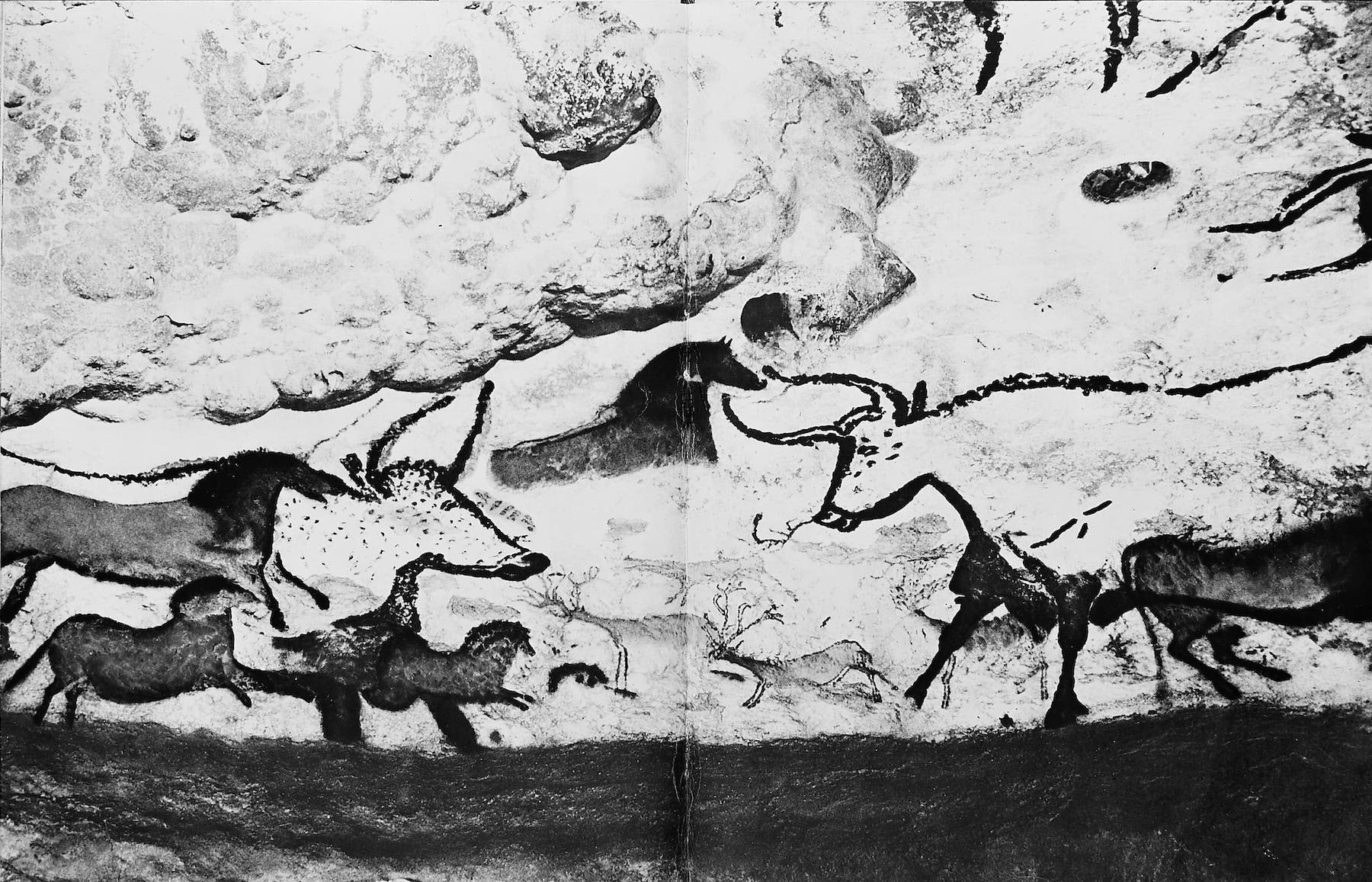Do you ever dream of the animals at Lascaux? Sometimes they come to me, out of the dark as they come to us all. In the warm flicker of firelight, the figures – drawn so directly, with such purpose – seem to move as the shadows move. Hidden beneath the burning surface of the earth, they are secretive, safe, almost eternal. In my mind I see the cattle, the oxen, the aurochs. I see a gigantic ochre flank hanging off a bony black frame; the spine leading in one clear movement to the skull and the horns. This is not just an animal, but in this place become the animal – all that we, we whose long-past ghosts stood there and painted with their hands, are not; all that is outside of us, free of our double-edged awareness; free on the dark stone wall, as never in the flesh, of the certainty of death.
The mystery of these animals has not changed for the longest time. Perhaps it has never changed – perhaps to have stumbled upon them a day after their creation would have caused the same deep resonant shock they cause me even now. The air is suddenly the same as one finds upon entering certain religious buildings – the mind turns instantly to thoughts of some eternal presence, some transient way we have of seeing and experiencing beauty, both in its creation and its unknowable afterlife. The ochre flank rises up like a cathedral wall. I think my most secular thoughts: someone saw this in their mind, and brought it about. It was done by someone, for someone, possibly for some purpose which now, through both time’s passing and the work’s own immediate beauty, it has long since eclipsed. And just as the artist’s discovery of these forms unfolded over some time – a process in which nothing is ever certain, in which any misstep may sever the tender, miraculous connection to something other – so our own rediscovery flowers in time, blooming with all the time that has passed between the original hand and ours. And as we see the bulls, the oxen, the aurochs, we feel the beauty and the power, but we see, too, the hands that rendered that beauty and power on the wall. We hear an echo almost lost within ourselves, a connection to the ancestors and their animal world – the otherness which, we cannot help but feel, they knew and felt in a manner we have since left behind. Some wonder has dissipated, some dream of the animal, the earthen, has vanished.
When the animals come to me, this is what I feel: grief, for the ancestors and what they learned that we have since forgotten; and desire – desire to feel the warmth of the fire against tired skin, to feel all the endless night beyond it, to touch skin to stone and leave a vision in the dark for others to follow: the flank and the frame, the first evidence we have of being haunted by the animal, by what is natural and unthinking and unquestionably not us. The grief is all the pain of living knowing we will die. The desire is what burns through it, what drives into the dark, towards what haunts and shocks and, we hope, what heals.
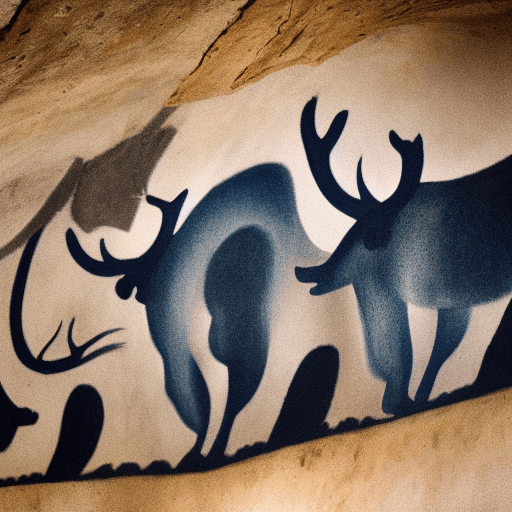
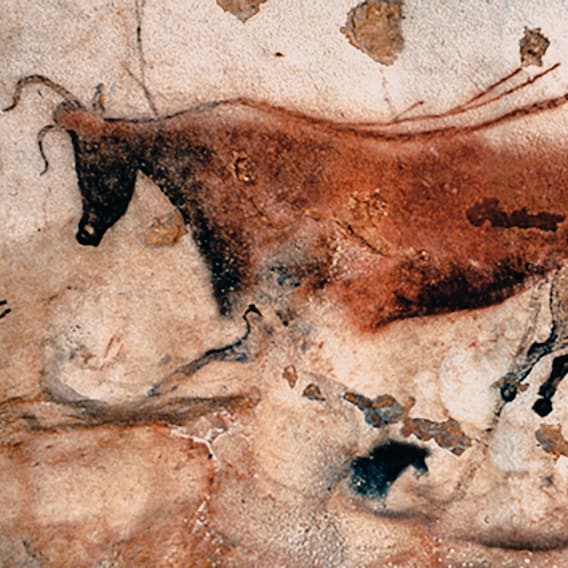
Maybe the primary lesson of Lascaux is that art never progresses in any meaningful sense. It changes all the time in style, in aim, in value, but its quality can not exactly be said to increase or decrease. There is simply no qualitative measurement we could plot on a graph to show, see, art is getting better, objectively. The novelist of today has no upper hand on Cervantes or Shakespeare, the composer no special insight unavailable to Bach. The tools may change but, humans being human, we learn the truths of life (which, I hope, is what we put into art) not as a set of of facts but as a series of revelations for which we may or may not be prepared, to which we may or may not be open. And because the work of art itself is similarly revelatory, miraculous even, it cannot be engineered, or even really anticipated; being ready and willing is no guarantee it will come.
I suspect this is an uncomfortable truth for contemporary society, which bases its entire structuring mythology on the idea that hard work pays off, that you can chip away at any problem in a concerted fashion and receive a solution in return, that risk and investment and the ingenuity of the individual are the driving forces of social and technological progress. We are living in an insanely rational world, where the logistics of day-to-day existence are immeasurably complex and unbending; a world which sees everything within it as a commodity, and treats everything and everyone as a widget in some unknowably large production line. Everything is a case of supply and demand, and the only thing that matters, in the end, is the margin.
If the world, including works of art, can be broken down into elemental components, quickly commoditised and endlessly reassembled, then the work of art, like social life itself, is easily reconstructed from first principles, easily tweaked for better results and better profits, easily reproduced and reinvented for new markets. And much of the most successful art today, financially speaking, succeeds because of its fidelity to that world view: it has a clear message, fitting with the ‘issues’ and ‘concerns’ of the moment, and a clear purpose – education, through which the audience feels better about itself for being told something it already knows about this or that injustice, this or that oppression; or entertainment, in which a hero with a recognisable face journeys toward some meaningless goal and the audience is expected only to feel gratitude that they haven’t had to think for an extended period of time. Of course the success of this work is easily measured: box office returns, subscriber numbers, and bestseller lists are trivially plotted on a graph. And when numbers go up, everyone feels good.
The form of this work, which is so repetitious, so schematic, so heavily and intentionally stereotypical, reflects the globalised industry which gives rise to it, and it reflects the ever more rapid-paced and unreflective media environment that depends on it for content. The ‘themes’ of the work must be simple and clearly stated; the visual language (and the actual language) must be instantly recognisable and easily understood; the gimmick, the set-up, the conceit must be obvious – if it can’t be summed up in one line, it’s no good.
This is the work the world now produces at such scale, and with such ruthless competency and efficiency, that it seeps into every corner of existence: in the era of the newsfeed, there is no distinction to be made between one work and another; there is only what is being pushed, only what is being talked about, only what draws the exhausted eye. The networks of transmission are flooded, the connections between people – and between people and places, pasts, traditions, rituals – are usurped. The ideal viewer for contemporary work, no matter the form, is an exhausted individual, alone in their room, connected only to the flows of online information which legitimise and extend the deluge of content, desperately searching for something to suspend the mind for a precious few hours before they have to go back to work. This is the ahistorical, antisocial wasteland of the culture industry today, from the solo YouTuber to the largest Hollywood conglomerate. It is hard to imagine an environment less hospitable for the miraculous and the revelatory, less open to the unmotivated gift.
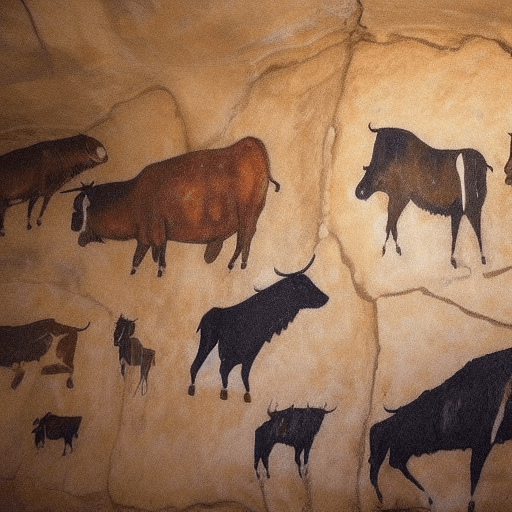
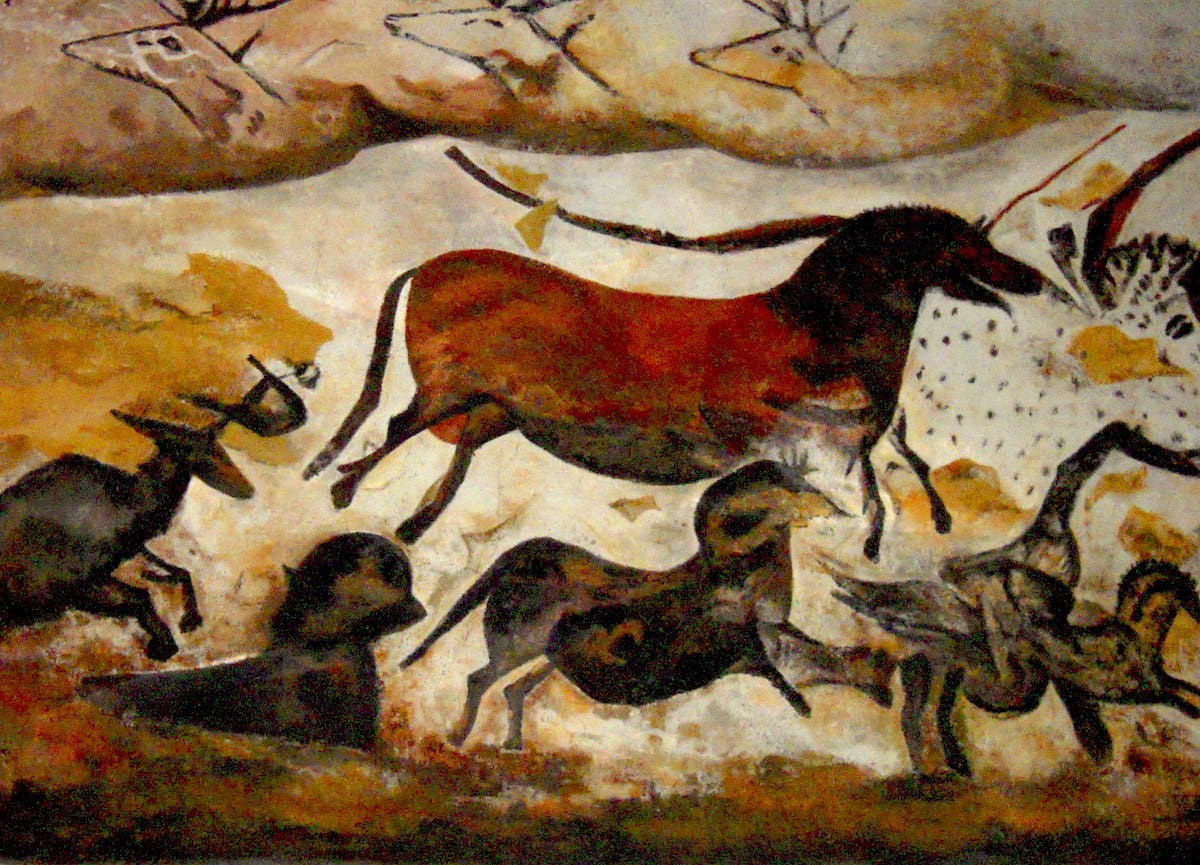
My friend, a poet, tells me she wants to write a book that is read once, aloud, and then burned. A book that would escape the fate ordained for it – to be forever lying around, ready to be picked up; to be sold or unsold; to be always being forgotten. A single copy, read once and destroyed – the idea fires the imagination. There is something pagan about it, something sacrificial, awesome, dangerous.
The publisher responds, sounding concerned: but then all that work would be for nothing? We savour the phrase: for nothing. Yes, for nothing – for no monetary gain, for no asset accumulation; no career advancement, no social capital. All that work, burning in the flames, dissolving in the minds of whoever witnessed its singular, brief existence. Yes, for nothing – there is no higher cause.

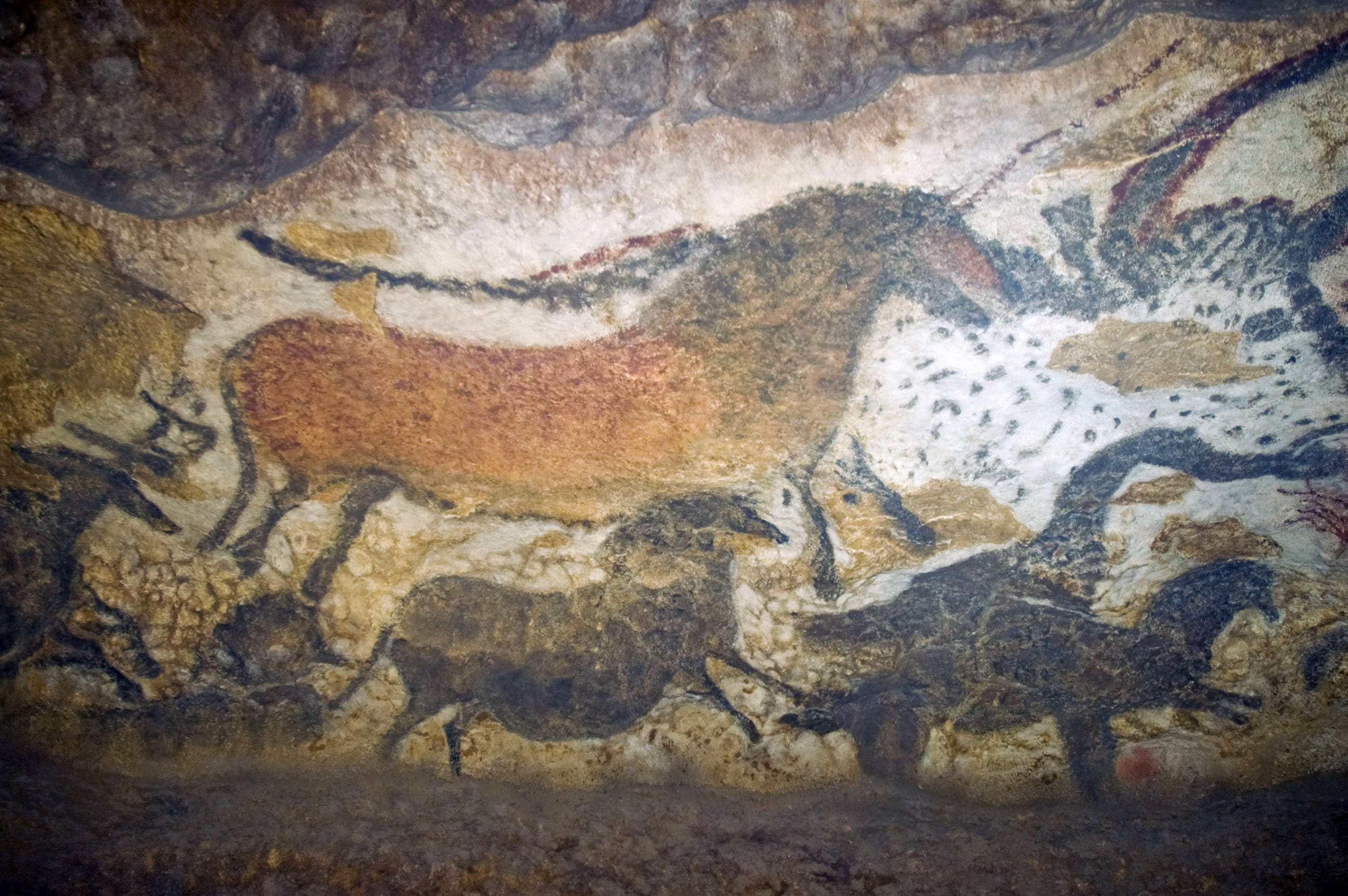
The system only knows me so well: my YouTube recommendations are full of beautiful young women and men with terrific beards buying cabins in the woods and starting farms on remote mountainsides. These homesteaders are but one highly visible aspect of a self-conscious movement that uses the means of digital sharing – primarily the social networks – to sustain and propagate a lifestyle which is all about the suppression of the digital, the relegation of the inauthentic and technological beneath the gloriously authentic natural world and natural life. Variations on this theme are everywhere, from meditation apps funded by venture capital to whatever high-end woo-woo Gwynth Paltrow is hawking today; from twee Etsy operations to chainstores selling witchcraft and sorcery supplies. At a time of great crisis – and I believe this to be such a time – there is money to be made selling visions of the simple life. (As the saying goes, in a gold-rush, sell shovels.)
I don’t want to pretend I’m above this – the algorithm knows I am drawn to it, though as always with algorithms, it knows not why. I think it because, given just a little interaction with this lifestyle, this milieu, I can imagine for myself a life in which I have a much greater sense of agency; where I can have a real say in shaping my living environment, where I know what is in my food, where my relationships with the human and non-human worlds are immediate and reciprocal. I can begin to imagine what I absolutely do not have right now: an unalienated life.
But I overdose quickly on this brand of new age guff. I can see too clearly the seams and stresses hidden within the all-is-well presentation. The dishonesty, the desperation, the co-dependency between the lifestyle and that which it notionally rejects – it sours the whole endeavour. It seems too much like nostalgia for something never truly experienced. It feels escapist and isolationist and, once again, deeply asocial. It feels like cosplay, as if Thoreau was alive and trying to get you to use his discount code for sustainable cotton underwear. There are moments when the mask comes off and the revelation is not of depth and meaning across time, but of a shallow story being told to desperate people, a dream revivified and put on sale. "Everything we need to be happy is within us," one of the beautiful young women muses in her mountainside cabin, and I think to myself, we are doomed.

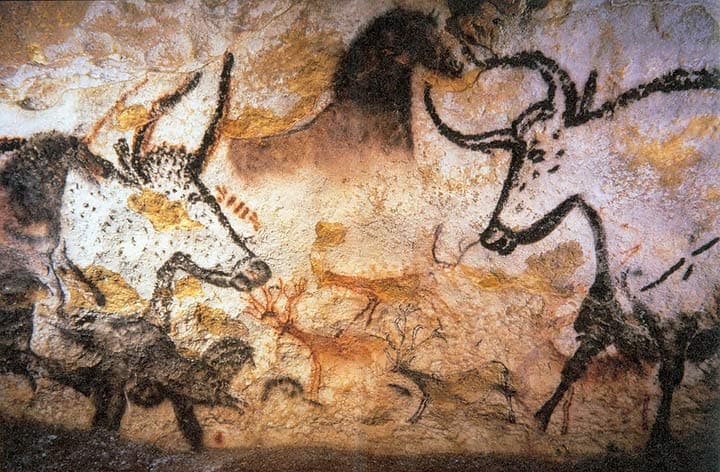
In My Dinner With André, a film directed by Louis Malle which consists almost entirely of two men talking to each other over dinner in a fancy restaurant, the theatre director André Gregory plays a fictionalised version of himself. His character, we are led to understand, has been somewhat unhinged recently, has rather lost his grip on the reality in which he had, until then, been living. We learn that he has largely left the theatre, as well as his family and friends, to become something of a spiritual seeker, trying in vain to – quote unquote – find himself. Much of the film is taken up by his recounting of these attempts: building an eco-commune in Scotland, running a nocturnal theatre workshop in a Polish forest, interacting with vague Orientalised mysticisms. The story that stands out, however, is an elaborate process by which he winds up exhausted, naked, and lying in his own grave.
The writer Wallace Shawn, also playing a fictionalised version of himself, is Gregory’s audience and he is horrified by all this. He is a domestic person, someone happy with a small and relatively comfortable life (he is worried throughout by how much the food will cost, should he have to split the bill or even pay it in full), and uninspired by the existential anguish and search for meaning that Gregory has gone through. On a material level, he has neither the time nor the money to care, but on the level of personality or character, he is not inclined towards such audacious spiritual efforts; his rewards in life are found elsewhere, much closer to home.
The film ingeniously parodies Gregory’s efforts without ever writing them off as illegitimate. We are invited to identify with Shawn, and we feel all the ambiguous unease and distaste he feels about Gregory’s exploits, but like him we cannot discredit him altogether – it may just be a virtue of Gregory’s masterful storytelling, which is so compelling and mysterious, but there is something attractive at the heart of what he is saying, an expression of some yearning which may, at any time, well up in any one of us. And it is telling that Gregory’s adventures are, without fail, social, anti-technological, and deeply ritualistic. He is attempting to find himself in others, in collective and collaborative work, in submission to imposed and impersonal structures through which one can slip out of self-consciousness and into something larger, more transcendent. In short, he is attempting to ‘find himself’ again by destroying himself – by getting up from his own grave, reborn as a new man. Gregory is not seeking a better work-life balance here, but a more meaningful connection with the world and the people in it. If that comes at the expense of career and reputation, what of it?
After listening to this for two hours, it is difficult not to admire him in some way, to be glad of such insane fervour, such wild spiritual ambition. To see him as a necessary corrective to the professionalised world of industry, and to recognise the nature of his efforts – the social, collective, ritualistic aspects of them – as the only viable vector for this imperative rejection. His stories may strike us at first as a little ridiculous, faintly embarrassing even – the desperate flailing of a rich and unsatisfied man looking for solace and redemption in the most clichéd places – but there is some truth in it which becomes impossible to ignore. Shawn’s position by the end of the film is not so secure; nor is our own. What would it take for us to take Gregory seriously? To not laugh, to not cynically reject and dismiss the methods and the goals? What would it take for us to take anything at all as seriously as that? What does it say about us that we do not?

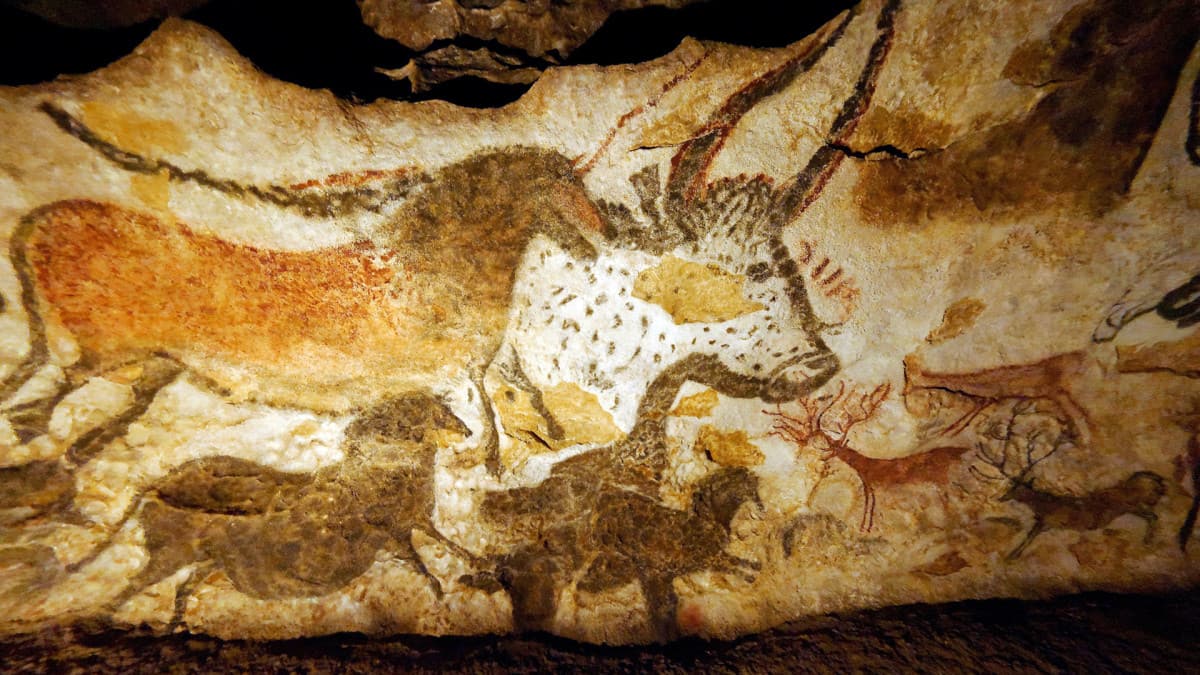
Often I find myself asking some variation on a single fundamental question: is it possible to articulate a position – an aesthetic, philosophical, ethical position – which rejects the systematic atomisation, globalisation, and dehumanisation one finds in endless evidence across the tech-and-finance-driven societies of the world, without falling into the dead-end tarpit of nostalgia, romanticised folk culture, and mystical authenticity? What would such a position look like in practice, and how could it be sustained against so many and such disparate pressures? How can that rejection of the contemporary avoid being a reversion to an already discredited or largely fantastical past? What role can art play in this?
Is it too abstract to say that art’s role, as much as it has one, has not changed at all since Lascaux? That art was and is the ground upon which sensitivity toward the world, towards ourselves and others, is developed? That Keats was right all along? It feels so obvious, trite even, but in times of crisis – and again, I believe this to be such a time – what choice is there?
For my experience of art now is largely a numbed one – the greater the work’s intertwinement with the industry that surrounds and feeds on it, the more numbing it is; the more it addresses a global and undifferentiated audience, the less specific meaning it conveys. I do not want to be educated or entertained by art. I don’t seek it out so I can feel better about myself, my taste, and my refined sensibility. Nostalgia is poison. I am looking, always, for a profound experience, a flash of recognition, a light in the dark, which reveals a beauty, a truth, I had not previously understood and which, even in revelation, exceeds my grasp. I am looking for that deep shock which is the instinctive perception of the other – their immediate presence, their skill and grace, their vision and interpretation of the world. And, within that, a connection. It can arrive in an instant or unfold over a long time, but the feeling of nearness, of intimacy, is what I’m searching for. It is a kind of timeless (or rather time-full) experience, illogical, unbounded, asynchronous; a conversation in which everything is given and received freely, without debt or credit, as an offering. For nothing, as it were.
***
